Close your eyes and think of a farm. What do you see? You’re probably picturing a green patch of land that stretches without end and a dirt road winding through to a countryside house in the distance or something similar. What you probably aren’t thinking of are tall buildings with cars zooming around a concrete jungle.
Even though it’s not the conventional way to farm, the urban farming industry is growing quickly in the United States. Urban farms are popping up for many reasons, but share the common output of providing local produce in areas where land is used for buildings and parking lots rather than for growing fresh produce. This list of some of the urban farms located throughout the country shows how they are making a difference in their communities.
1. Gotham Greens
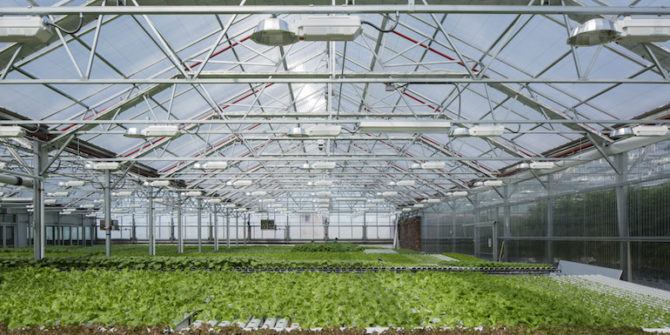
Photo courtesy of huffingtonpost.com
Initially establishing their roots in Brooklyn with the first commercialized rooftop greenhouse in America, Gotham Greens rooftop greenhouses have expanded to two other sites in New York City and one in Chicago since 2009. They strongly believe in growing top-quality produce year-round and in being as sustainable as possible. Their entire greenhouses run on renewable sources of energy, and they reuse their water to grow their vegetables using a technique called hydroponics.
2. City Farm
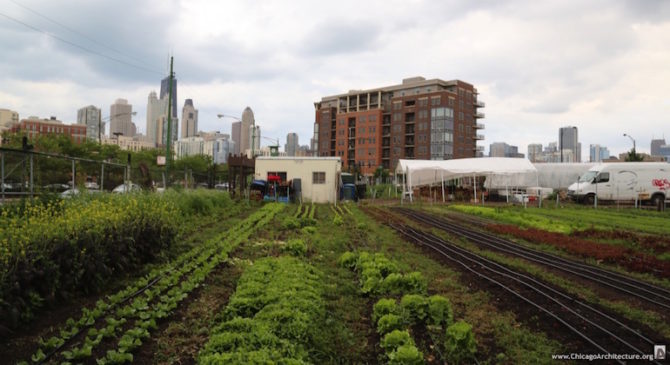
Photo courtesy of chicagoarchitecture.org
City Farm is a project that stems from a non-profit environmental organization called the Resource Center. The organization is based on a philosophy to improve the quality of life in Chicago by bringing its residents together to recycle deserted resources into something useful. In 2000, a vacant lot was transformed into a what is now City Farm. Today, volunteers and local farmers grow around 80 different types of vegetables using compost made from the city’s waste.
3. Greensgrow Farms
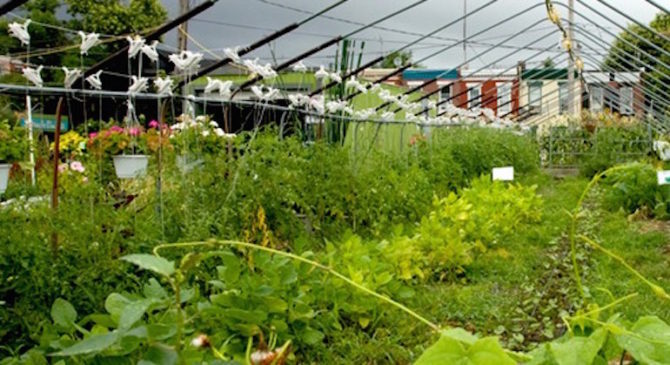
Photo courtesy of greensgrow.org
Greensgrow is taking it up a notch and using creative and innovative ways to build its farms. The company has its own solar-powered composting toilet where the waste is turned into something useful, and even a washing machine to spin-dry their own lettuce. Based in Philadelphia, Greensgrow is focused on sustainably and creatively farming in urban areas to bring communities together while improving the environment.
4. Growing Power
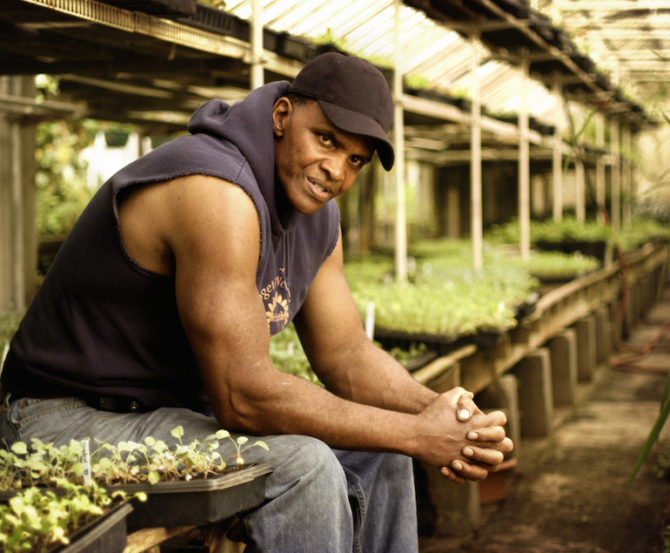
Photo courtesy of jcbrighton.com
Growing Power may be an aspiration for urban farms everywhere, but the real inspiration is the founder of the company, Will Allen. Only one of two farmers to be honored with the prestigious McArthur Grant, Will Allen is, without question, a significant figure in the urban farming industry. What only started with some land in Milwaukee and teenagers interested in growing their own food has sprouted into an organization that now has projects all over the world. It’s no wonder Will was named one of the most influential people by Time’s magazine in 2010.
5. Jones Valley Farms
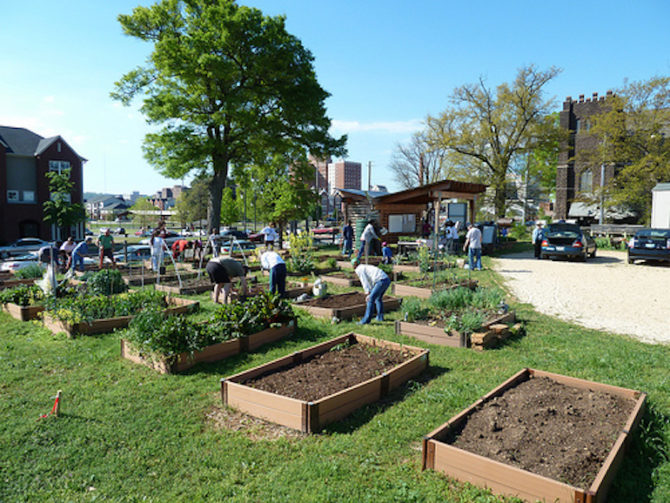
Photo courtesy of whyhunger.org
Jones Valley farms not only attracts local community gardeners, but also brings together young students in Birmingham, Alabama. They recognize how important it is for young students to learn about food and nutrition in the most direct way possible, so they’ve come up with farm labs, or interactive classes to expose students to fresh produce and gardening. It seems like their work is paying off with good assessment results and healthier eating seen my the entire community.
6. Farmed Here
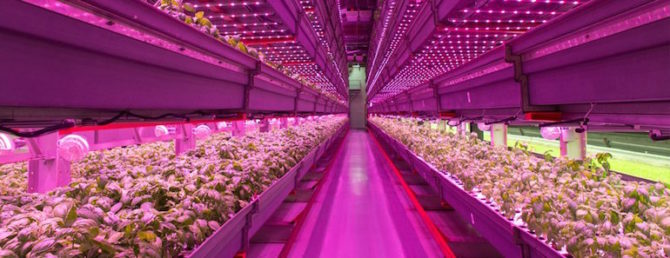
Photo courtesy of farmedhere.com
Welcome to the largest indoor farm in North America. Farmed Here turned an abandoned warehouse on the outskirts of Chicago into a 90,000 square foot vertical farm, where most environmental factors like temperature and light are controlled. They also use an aquaponic technique where fish waste is used to produce nitrogen to grow the produce.
7. Brooklyn Grange

Photo courtesy of therealdeal.com
New York City is home to more than the statue of liberty and world class restaurants. It’s also home to the biggest rooftop soil farms in the world. Who knew that this bustling city of concrete could be known for its greenery? In addition to growing tens of thousands of pounds of produce for the community’s people and restaurants, Brooklyn Grange farms are used as an educational classroom, a wedding venue, and a yoga studio.


